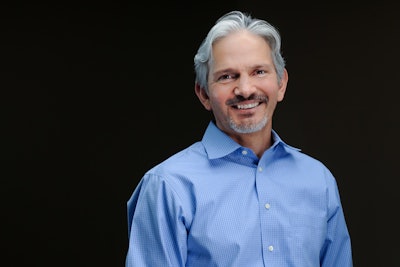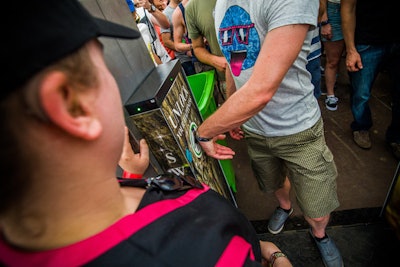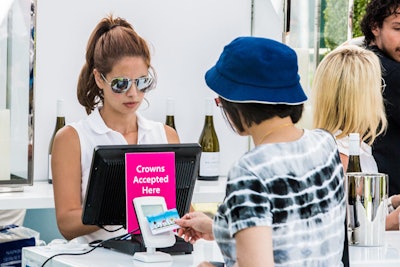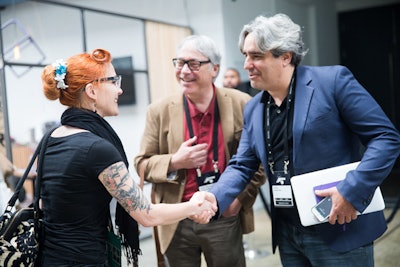

At the Tomorrowland music festival, which took place in Belgium over two weekends in July, R.F.I.D. wristbands replaced admission tickets and also provided a way for the 60,000 daily attendees to connect with one another. Prior to the event, festivalgoers registered their wristbands online and linked them to their Facebook accounts. At the event, if two people near each other pressed the heart-shaped button on their wristbands at the same time, each person's Facebook name was stored in the cloud and then sent in an email to the other person. So each attendee received a daily email of anyone they had met throughout the day. Organizers also illuminated the lights on the bracelets in coordination with some of the musical acts.

At IMG’s inaugural Taste of Toronto festival in July, attendees used R.F.I.D.-enabled cards to purchase food and beverages from vendors at the event. The cards were provided by IntelliPay, a division of Intellitix. Guests could go online before the event to load money onto the card, and they could also add funds at stations throughout the festival. At the end of the festival, balances remaining on cards were donated to Second Harvest Food Rescue. Each individual’s online account also provided a history of all food and beverage items purchased.

For Montreal’s C2MTL—Commerce & Creativity conference in May, Connect & Go created badges embedded with U.H.F. tags. Unlike N.F.C., which is intended for very close communication, U.H.F. tags can be read from as far away as 30 feet. As the 4,000 attendees passed through the main entrance, U.H.F. readers embedded in the gates instantly read their badges and alerted security personnel with either a green or red light to indicate whether they were approved to enter. Organizers also hung three U.H.F. “chandeliers” on the show floor. The devices could read attendee activity within a 30- by 30-foot zone, tracking when people arrived, how much time they spent in the area, and who else was there. Organizers received real-time information on tablets, so they could make adjustments as necessary, for example to ensure the most heavily trafficked food stations had enough staff and products.


















